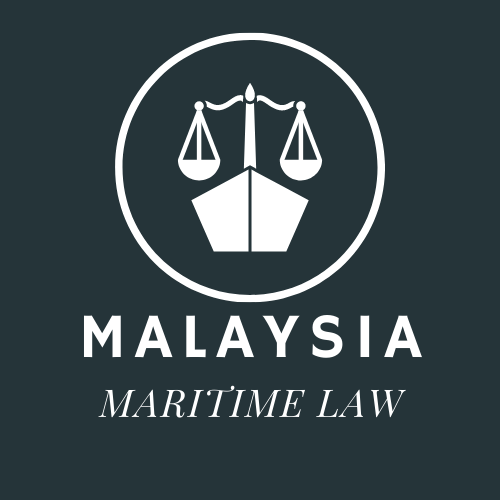Remedies 1. Avoidance i) Meaning Of Avoidance Avoidance is a remedy available to the innocent party. However, it is a remedy which does not apply automatically. The innocent party, commonly the insurer, has to elect to exercise the remedy and the election has to be communicated to the party in breach. If the insurer does...
Author: Tan Pui Yen
The Insurer’s Duty
The Insurer’s Duty 1. Introduction Section 17 MIA is quite clear in saying that the duty of good faith rests on both the assured and the insurer. The section further states that if there has been a breach of the duty by one party, the other party is entitled to avoid the insurance contract. As...
The Assured’s Post-Contractual Duty of Good Faith
The Assured’s Post-Contractual Duty Of Good Faith 1. Introduction The Court of Appeal in The Mercandian Continent confirmed that the duty of good faith continues beyond the making of the insurance contract, in respect of claims and in respect of the performance of the contract generally. However, the duty is merely one not to be...
Hague-Visby Rules I
Hague-Visby Rules I –Contracts To Which The Rules Apply 1. Contract Of Carriage ‘Covered By A Bill Of Lading’ The great case of Pyrene v Scindia raised the question of the scope of the Rules in acute form. A fire tender sold FOB (‘free on board’) was being loaded by the ship’s tackle on to...
Bill of Lading as A Document of Title
Bill Of Lading As A Document Of Title 1. Types Of Bill Of Lading A bill of lading may be a straight bill or an order bill. A straight bill of lading provides for ‘delivery of goods to a named consignee and not to order or assigns or bearer, and so [is] not transferable by...
Bill of lading as a receipt
Bill of lading as a receipt 1. Apparent condition of the goods Printed forms of bills of lading typically state: ‘SHIPPED at the Port of Loading in apparent good order and condition…’ (CONGENBILL, Edition 1994). It has been established since Silver v Ocean SS that the carrier is estopped, in favour of a transferee of...
Concept of the EEZ
Concept of the EEZ 1. Evolution of the concept of the EEZ In the late 1940s and early 1950s, a desire to protect the rich waters of the Humboldt Current from foreign fishers led Peru, Chile and Ecuador to claim sovereignty 200 miles offshore. When other Latin American states began to support their claim, various...
Rights of Coastal States and Other States in the Continental Shelf
Rights of coastal states and other states in the continental shelf 1. Rights of coastal states Coastal states have exclusive sovereign rights over the resources of the continental shelf for the purpose of exploring it and exploiting its natural resources, but they do not have full sovereignty over the shelf. Other states enjoy certain rights...
Definition and Method of Drawing the Limits of the Continental Shelf
Definition and method of drawing the limits of the continental shelf 1. Evolution of the continental shelf as a legal concept The Truman Proclamation of 1945 became a catalyst for a variety of titles or claims by various states to the seabed and subsoil adjacent to their territorial seas. However, these states did not use...
Civil Liability for Collision Damage
Civil Liability For Collision Damage 1. Who May Be Liable? Standard Of Care And Burden Of Proof When ships collide, they are normally under the command of the master of the ship. The master is responsible for taking all precautions in order to avoid a collision. The negligent act which causes the collision may be...

